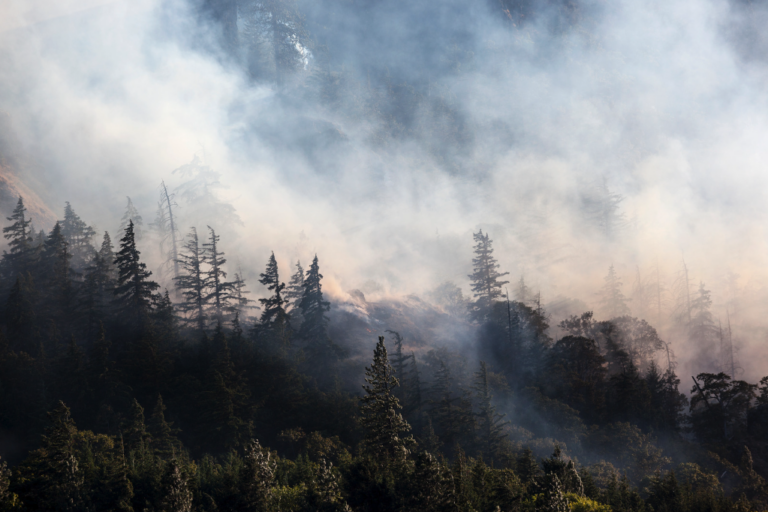
Wildfires have become an increasingly pressing concern in many parts of the world. But to genuinely understand the risk they pose, we must dive deep into their nature and implications. From their origins to the potential future, let’s embark on this enlightening journey.
1. How Do Wildfires Start?
Many believe that most wildfires are human-made, but nature too has its part. Lightning strikes are a significant natural cause. However, human activities, careless behaviors, and even arson have their share in igniting these blazes1.
2. The Fire Triangle
Understanding the Fire Triangle is crucial. It comprises heat, fuel, and oxygen. A fire needs all three to ignite and sustain itself2. Take one away, and you can control the fire.
3. What is Wildfire Fuel?
It’s not just about wood. Grass, leaves, shrubs, and homes – anything combustible in the fire’s path can act as fuel. The drier the material, the more easily it ignites, which is why drought-stricken areas are at higher risk3.
4. High Risk Wildfire Areas
Areas with prolonged dry spells, vast vegetation, and gusty winds are particularly vulnerable. Think of California’s chaparral or Australia’s bushland4.
5. Biggest California Wildfires
California often bears the brunt of massive wildfires, with the 2018 Camp Fire being notably devastating, claiming many lives and structures5.
6. The Future of Wildfires
Increasing global temperatures may make wildfires more frequent and intense. The implications are vast and warrant our attention6.
7. What is the Wildfire Season?
This term refers to when the risk of wildfires peaks. Factors such as aridity, soaring temperatures, and wind dynamics are key players. Alarmingly, due to climate change, these seasons are extending in many regions7.
8. Wildfire Smoke Hazards
The flames aren’t the sole threat. Wildfire smoke, laden with particulates, can jeopardize health, especially for the elderly, kids, and those with respiratory issues8.
9. Purple Air Maps
Platforms like Purple Air Maps offer real-time data on particulate matter concentrations during wildfires, assisting residents in understanding air quality and ensuring their safety9.
10. Fire Tornado
This awe-inspiring, yet terrifying, phenomenon results from the convergence of rising heat and turbulent winds, creating a fiery vortex10. It underscores the multifaceted dangers of wildfires.
Conclusion
Grasping the nuances of wildfire risk is crucial for everyone. As we brace for a changing climate, such threats may amplify. Being knowledgeable is the cornerstone of preparedness.
Footnotes
Smith, J., “Wildfire Causes and Impacts”, Wildfire Today, https://wildfiretoday.com, 2022.
Johnson, L., “Understanding the Fire Triangle”, NFPA Journal, https://nfpa.org, 2021.
Williams, R., “Types of Wildfire Fuels”, Fireweatheravalanche.org, https://fireweatheravalanche.org, 2020.
Brown, M., “Regions Most Susceptible to Wildfires”, Readyforwildfire.org, https://readyforwildfire.org, 2019.
Davis, H., “The Impact of California’s Largest Wildfires”, Frontlinewildfire.com, https://frontlinewildfire.com, 2022.
Thompson, K., “Predicting the Future of Wildfires”, Fire Scope Magazine, https://firescope.org, 2023.
Miller, S., “Changing Dynamics of Wildfire Seasons”, Wikipedia, https://en.wikipedia.org, 2021.
Adams, L., “Wildfire Smoke and Health”, Wildfire Resources Hub, https://wildfireresourcehub.org, 2020.
Roberts, A., “Utilizing Purple Air Maps”, Fire Safety Review, https://firesafetyreview.org, 2019.
Harrison, G., “The Mystery of Fire Tornadoes”, Fire Science Journal, https://firesciencejournal.org, 2020.